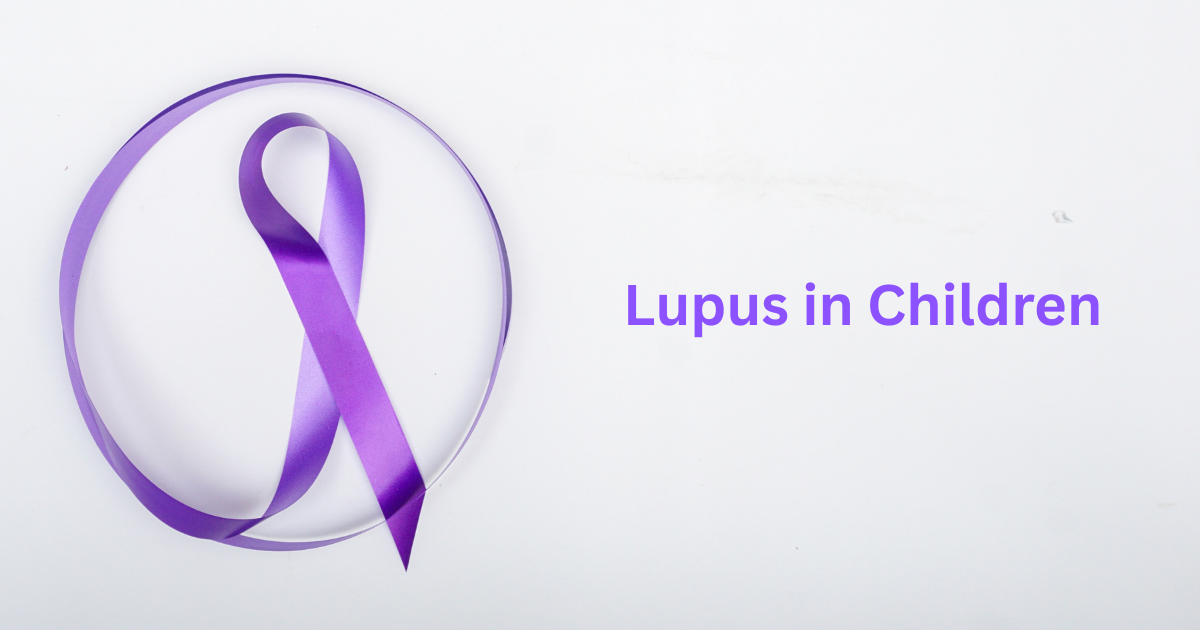Sjogren’s Syndrome is a chronic autoimmune disorder characterized by the body’s immune system mistakenly attacking its own moisture-producing glands. This can lead to significant discomfort and complications, primarily affecting the eyes and mouth, but potentially impacting other organs and systems as well. Understanding the Sjogren’s syndrome cause is crucial for effective diagnosis, management, and treatment. This blog delves into the causes and treatment options for Sjogren’s Syndrome.
What is Sjogren’s Syndrome?
Sjogren’s Syndrome is named after Dr. Henrik Sjögren, a Swedish ophthalmologist who first identified the condition in 1933. It predominantly affects women, with onset typically occurring in middle age, although it can affect individuals of any age or gender. The hallmark symptoms include dry eyes (keratoconjunctivitis sicca) and dry mouth (xerostomia), but the disease can also cause systemic issues such as joint pain, fatigue, and organ dysfunction.
Sjogren’s Syndrome Cause: An Autoimmune Enigma
The exact Sjogren’s syndrome cause remains unclear, but it is classified as an autoimmune disorder. In autoimmune diseases, the immune system, which typically protects the body from infections, mistakenly targets its own tissues. In the case of Sjogren’s Syndrome, the immune system primarily attacks the glands that produce saliva and tears.
Several factors are believed to contribute to the sjogren’s syndrome cause:
- Genetic Factors: There is evidence suggesting that genetic predisposition plays a significant role in the development of Sjogren’s Syndrome. Certain genes associated with immune system regulation may increase the likelihood of developing the disorder.
- Environmental Triggers: Environmental factors, such as viral infections, have been implicated as potential triggers for Sjogren’s Syndrome. It is hypothesized that a viral infection could initiate an abnormal immune response in genetically susceptible individuals, leading to the development of the syndrome.
- Hormonal Influences: Hormonal factors are thought to contribute to the sjogren’s syndrome cause, particularly since the disorder disproportionately affects women. The influence of sex hormones on the immune system might partly explain this gender disparity.
- Immune System Dysfunction: Abnormalities in the immune system itself are central to the sjogren’s syndrome cause. The production of autoantibodies (antibodies that attack the body’s own tissues) and the presence of certain types of immune cells in the salivary and tear glands are characteristic features of the syndrome.
Diagnosing Sjogren’s Syndrome
Diagnosing Sjogren’s Syndrome can be challenging due to the variability of symptoms and their overlap with other conditions. However, several diagnostic criteria and tests can help in identifying the disorder:
- Symptom Assessment: A thorough evaluation of symptoms, particularly dry eyes and dry mouth, is the first step. Patients may also report joint pain, swelling, and fatigue.
- Blood Tests: Blood tests can reveal the presence of autoantibodies commonly associated with Sjogren’s Syndrome, such as Anti-SSA (Ro) and Anti-SSB (La). Elevated levels of inflammatory markers like ESR (erythrocyte sedimentation rate) and CRP (C-reactive protein) can also indicate autoimmune activity.
- Schirmer’s Test: This test measures tear production to assess the degree of eye dryness. It involves placing a small strip of filter paper under the lower eyelid and measuring the amount of moisture absorbed over a specific period.
- Salivary Gland Biopsy: In some cases, a minor salivary gland biopsy from the lip can help confirm the diagnosis by revealing lymphocytic infiltration, a hallmark of Sjogren’s Syndrome.
- Imaging Studies: Imaging techniques like salivary gland scintigraphy or ultrasound can assess the function and structure of salivary glands.
Treatment Options for Sjogren’s Syndrome
While there is no cure for Sjogren’s Syndrome, several treatment options can help manage symptoms and improve quality of life. Treatment approaches typically focus on alleviating dryness and addressing systemic manifestations.
- Artificial Tears and Saliva Substitutes: Over-the-counter artificial tears and saliva substitutes can provide relief from dryness. Lubricating eye drops and moisturizing gels help keep the eyes moist, while saliva substitutes or mouth sprays can alleviate dry mouth symptoms.
- Medications: Several medications can be prescribed to manage Sjogren’s Syndrome:
- Cholinergic Agents: Medications like pilocarpine and cevimeline stimulate saliva and tear production.
- Immunosuppressive Drugs: In cases of severe systemic involvement, immunosuppressive drugs such as hydroxychloroquine or methotrexate may be used to reduce immune system activity.
- Anti-inflammatory Drugs: Nonsteroidal anti-inflammatory drugs (NSAIDs) can help manage joint pain and inflammation.
- Cholinergic Agents: Medications like pilocarpine and cevimeline stimulate saliva and tear production.
- Lifestyle Modifications: Simple lifestyle changes can significantly improve symptoms. Staying hydrated, using a humidifier, avoiding caffeine and alcohol, and practicing good oral hygiene are essential measures.
- Regular Monitoring and Care: Regular follow-up with healthcare providers is crucial for monitoring disease progression and managing complications. Dental care is particularly important to prevent tooth decay and oral infections due to dry mouth.
- Alternative Therapies: Some patients find relief through alternative therapies such as acupuncture, dietary supplements, and herbal remedies. While these approaches can complement traditional treatments, it is important to discuss them with a healthcare provider to ensure safety and efficacy.
Living with Sjogren’s Syndrome
Living with Sjogren’s Syndrome can be challenging, but with appropriate management, individuals can lead fulfilling lives. Support groups and patient organizations can provide valuable resources, information, and emotional support. Additionally, maintaining a healthy lifestyle, managing stress, and seeking regular medical care are vital components of living well with the condition.
Conclusion
Understanding the sjogren’s syndrome cause is fundamental to advancing research and improving treatment options for those affected by this autoimmune disorder. While the precise cause remains elusive, a combination of genetic, environmental, hormonal, and immunological factors are believed to contribute to its development. Through a combination of symptomatic treatments, medications, lifestyle modifications, and regular monitoring, individuals with Sjogren’s Syndrome can effectively manage their symptoms and maintain a good quality of life. Ongoing research continues to explore the underlying mechanisms of the sjogren’s syndrome cause, offering hope for more targeted and effective treatments in the future.
For those living with Sjogren’s Syndrome, staying informed and proactive in their healthcare journey is key to managing the condition and enhancing their overall well-being.





